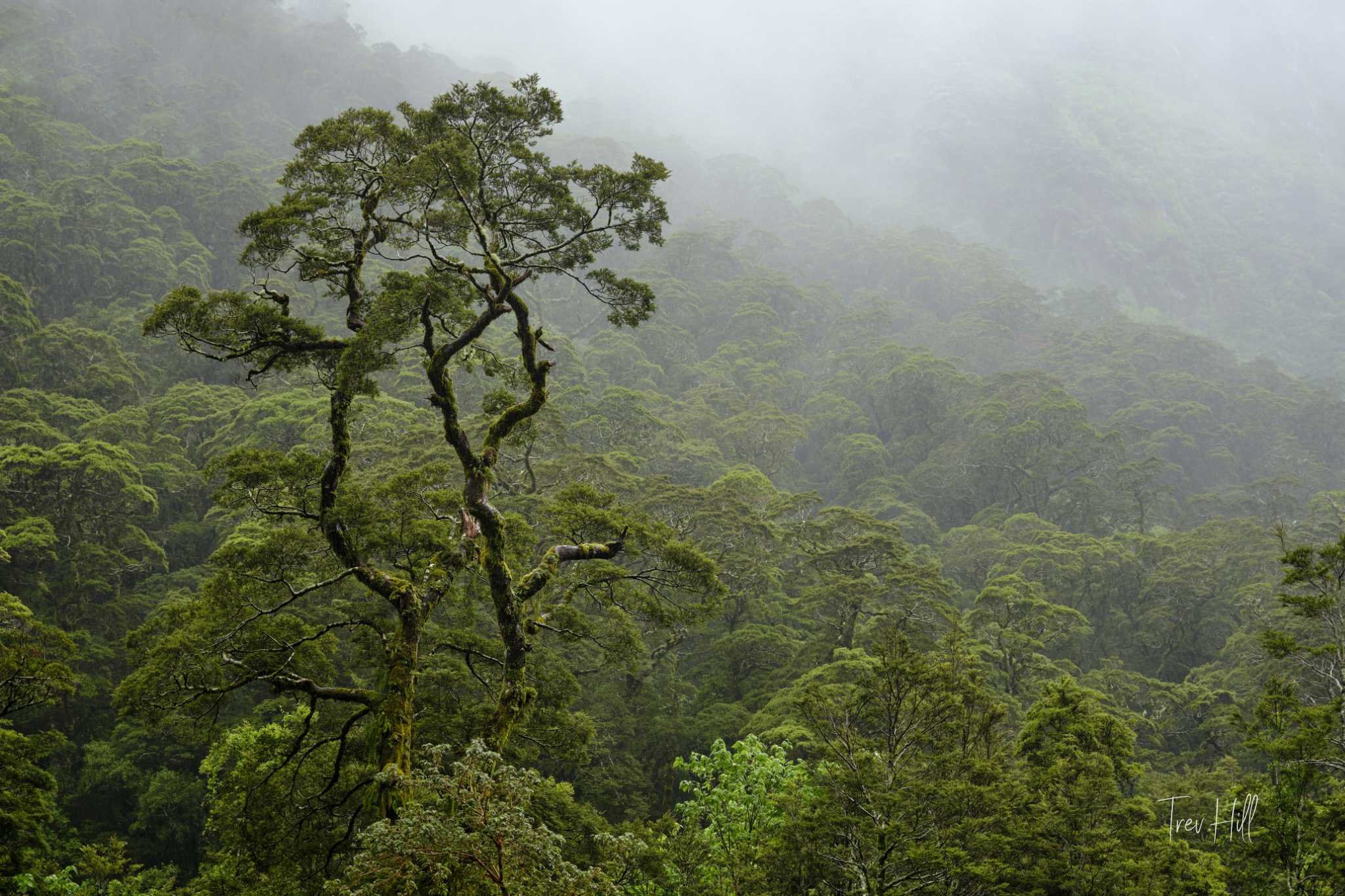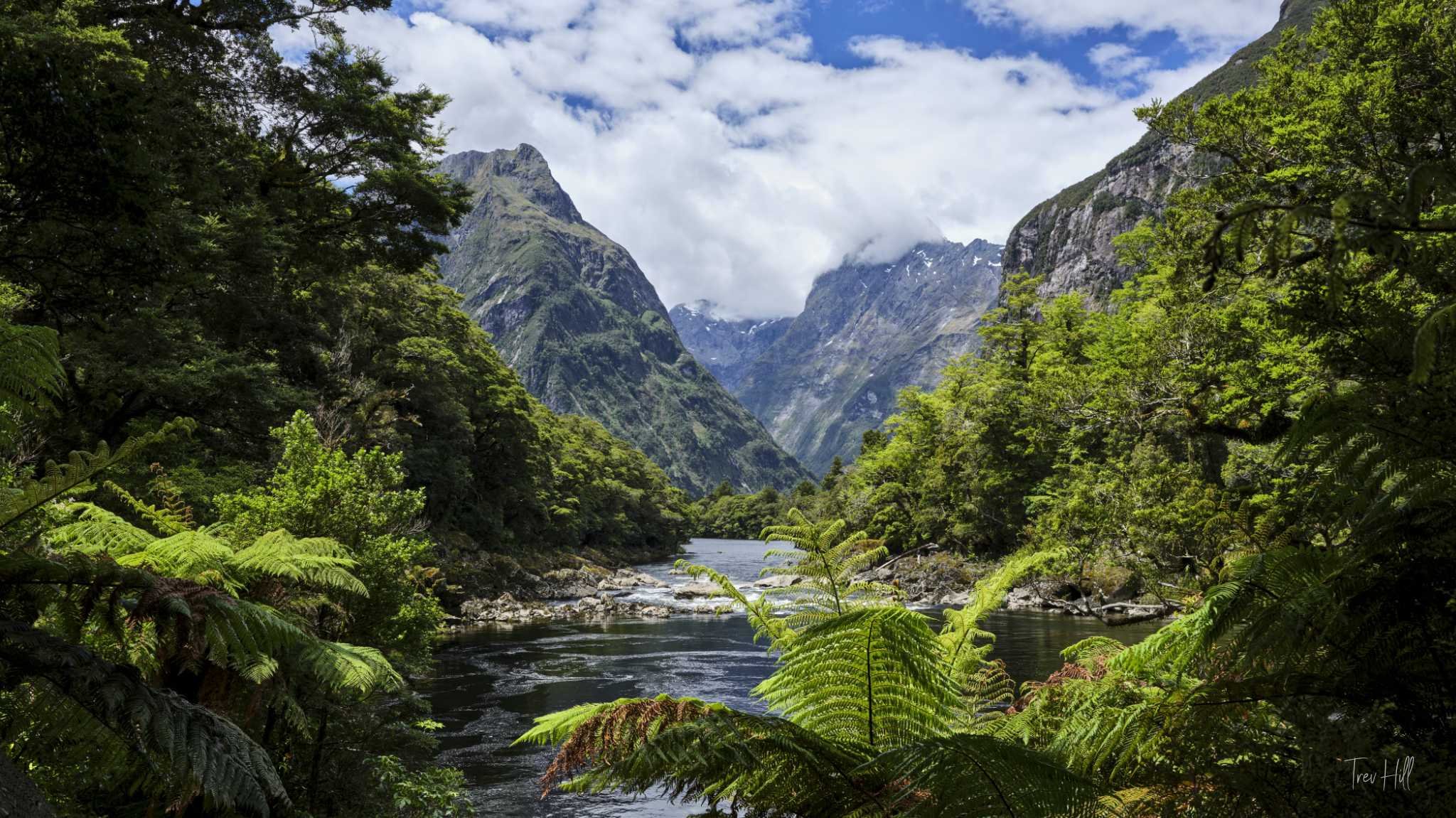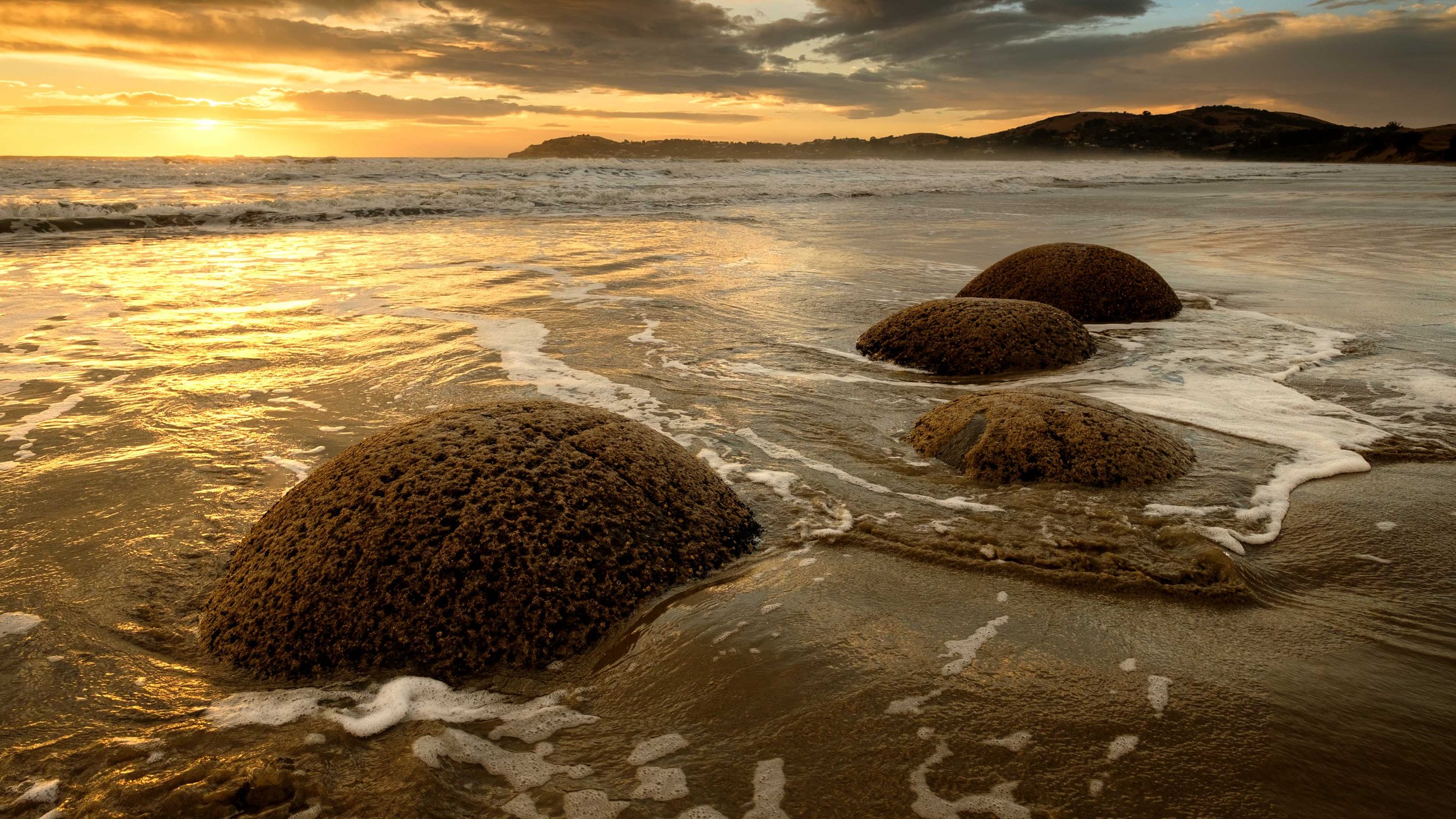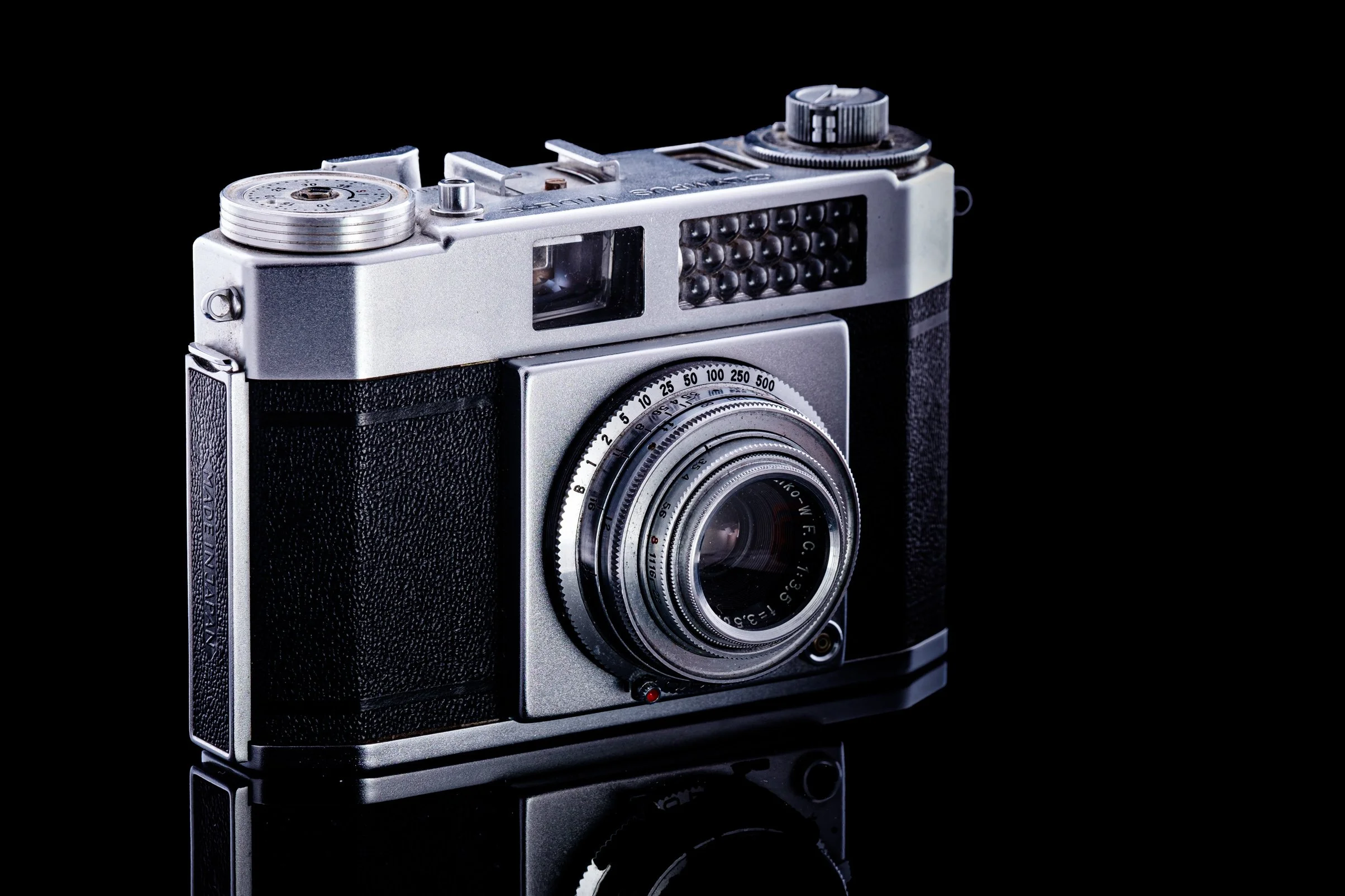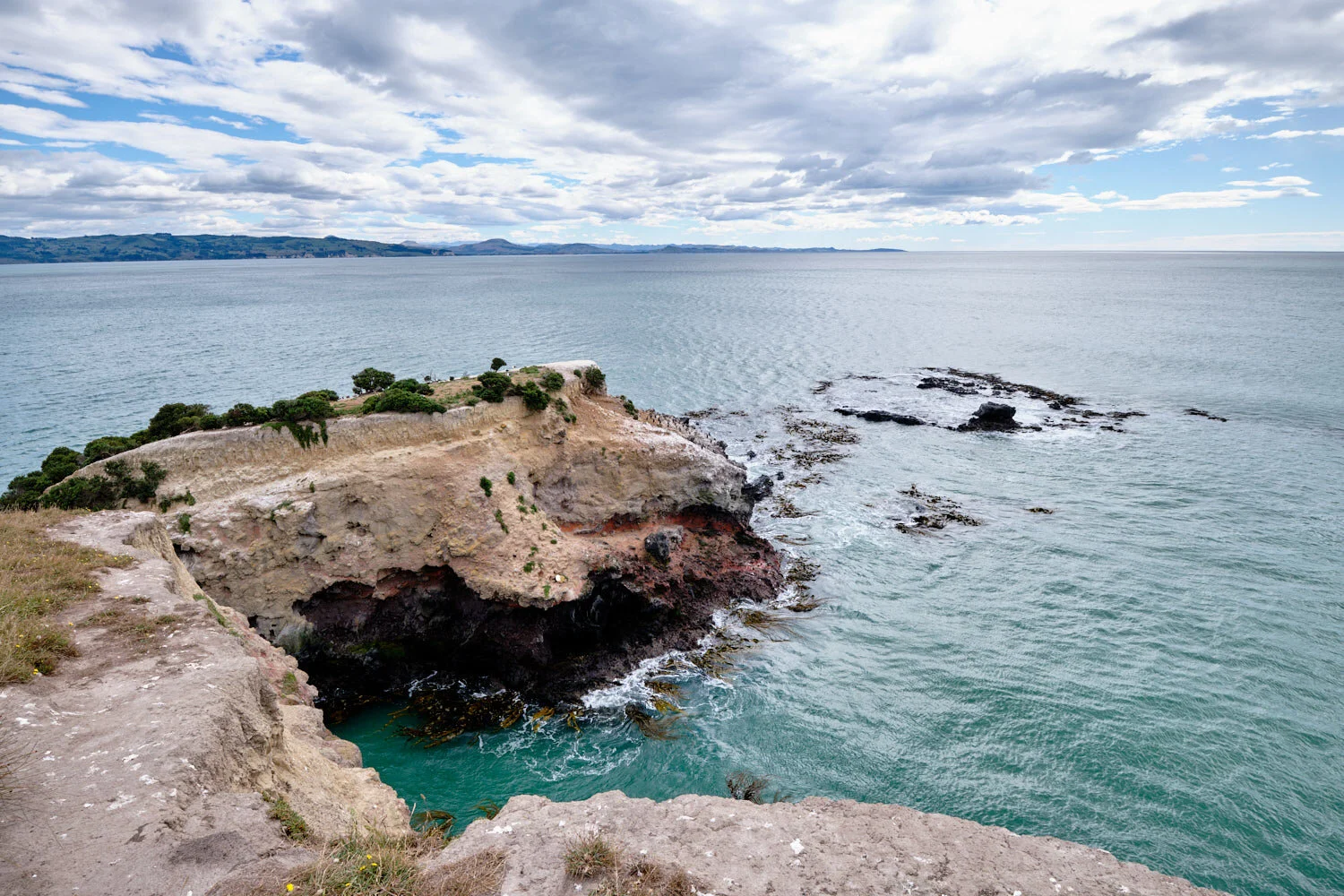The Milford track is the most popular of all New Zealand’s great walks. A four day hike through pristine rain forest in the heart of Fiordland. I was excited about the adventure and potential for photo opportunities. About a month earlier I had bought a new camera, the Fujifilm GFX50sii with the bundled GF 35-70mm zoom lens, and decided to take the combo on the walk with me. My bush walk adventures have taught me not to expect the moon from the images I take. As landscape photographers know, good light on subjects is rare and generally requires repeat visits to specific locations to get a good shot, with multi day hikes, you are never in one place long, except at the hut/camp locations. This hike deep into the lush rainforest of Fiordland, was a journey into the unknown. I decided to leave my tripod at home and handhold all my shots.
DAY 1. Access to the Milford track is via a ferry from Te Anau Downs. The boat has a top deck so you get a great view of the huge granite mountains you will be walking under in the rain forest. My choice of lens was equivalent to 28-55mm on a full frame camera, so just a standard view. I would have loved a 70-200mm type lens for a tighter crop, but I made do with the old Fujifilm X-pan crop mode built into the camera. Not ideal, but still got an image.
The hike from the ferry jetty to Clinton hut where you stay the night is only about a couple of hours, if that. The bush on this part of the walk is really pretty, with lots of vibrant sphagnum moss covering the trees. So do stop and take pictures.
Day 1 and part of 2 is the best opportunity to photograph the Sphagnum moss. As the hike slowly climbs in altitude on day 2 the rainforest environment changes as well, so less of the lush green views, make the most of it on day 1.
Clinton hut is an overnight stop and from the helipad you have one of the hikes best photogenic views. A stunning vista of granite cliffs with rainforest in the foreground. I took off early in the morning, but this could also be a great sunrise photo opportunity.
This image was taken early evening and captures the mystical vibe of the Milford track with larger trees jutting out of the rainforest cloaked in low hanging cloud, clinging to the ancient granite cliffs.
Day 2. The second day is a long hike of about 18km slowly gaining in altitude. You will eventually walk out of the cover of the rainforest and travel between giant granite cliffs. Finding images here is not as easy as it sounds as the dynamic range between cliffs and sky can be crazy difficult. It started to rain at about lunch time and it didn’t stop for the rest of the day. I managed to get one image from the day I really like. There is a historic avalanche segment of the track where you have to navigate walking over boulders. This grouping of rocks was an obvious foreground, but my camera lens wasn’t wide enough so I took a handheld 2 shot panorama.
Rain brings waterfalls everywhere on the Milford track.
At the end of day 2 you stay at the new Mintaro Hut, the image below is of the tree outside the balcony of the hut. As you can see it’s raining. Expect lots of rain. I didn’t do much to protect my camera and on day three I was about to find out… i should have. You should definitely look at some sort of rain cover for your camera.
Day 3. The main focus of day 3 is the climb over the Mckinnon Pass. Whether you get a view from the summit is a lottery and on my day I only had fleeting moments when the clouds parted to get some kind of view. I can’t tell you what sort of focal range would suit this location, but a tele-photo lens in the backpack wouldn’t go amiss.
Just below the summit of Mckinnon Pass. While not a great view the low cloud did provide an atmospheric image with the pleasing rock formations and tussock grass.
It was on the descent I came unstuck with my camera. In Fiordland not only is it wet but extremely humid. My camera lens is supposed to be weather resistant, but that didn’t stop an internal element from fogging up. I missed a few shots but luckily after sitting the camera and lens in the warm sun to dry at the problem disappeared, and I took images all of day 4.
Day 4. This is an easy walk, and I took plenty of images. My pick of the day was the image below.
Just a few hundred metres from the end of the 53.5km Milford track I took this image. Probably the wrong time of day but a nice keepsake just the same.
After the end of the Milford track I stayed in Te Anau for the night. My room at the lakeside holiday park was really close to the boat clubs jetty, so it was an easy sunrise location.
Lake Te Anau. Without a tripod I balanced the camera on a concrete wall and took this image.
Photographing the Milford track was a lot of fun, and while I didn’t have the perfect focal range for many images, I still had a great time. If I were to do the trip again I would take longer and wider lens options. Overall the Fujifilm camera did the job, and the image stabilisation worked well. Next walk on my list is the Routeburn track, and I hope to walk shortly in January of 2022.


